Manfred Wolff-Plottegg & Wolfgang Maass
Programming: Harry Fuchs / Andreas Gruber
(Interdisciplinary Team / University of Technology / Graz / Austria)
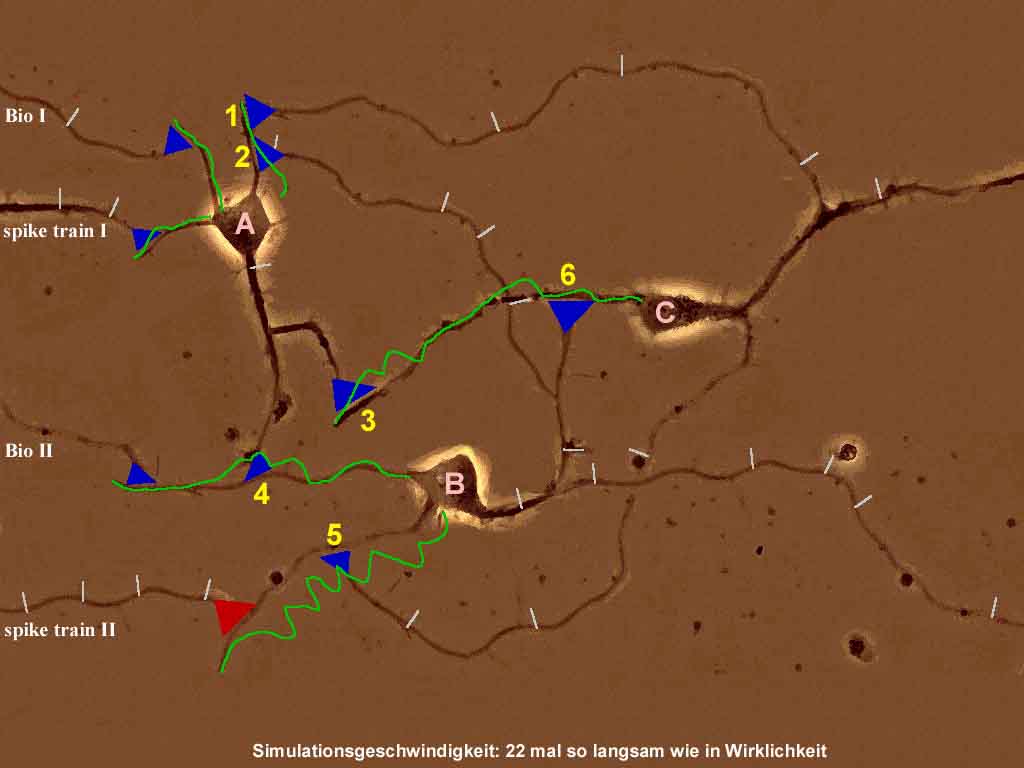
| Neuronal Architecture Processor
(Prototype 1999) Manfred Wolff-Plottegg & Wolfgang Maass Programming: Harry Fuchs / Andreas Gruber (Interdisciplinary Team / University of Technology / Graz / Austria) |
 |
Short discription:
How to generate architecture directly out of
neuronal spikes!
PC 1 simulates a neuron. The output "spike
train" is transmitted to PC 2.
By means of a script, simulating a "DNA-chain",
the incoming spike trains are so to speak transformed into data sets for 3-D solids - the
"genes" of the "DNA-chain" are transformed by autolisp into autocad
commands. Thus the incomming spike-train-values permanently generate new solids.
|
|
PC 1 (screenshot of structure)
|
PC 2 (short animated gif)
|
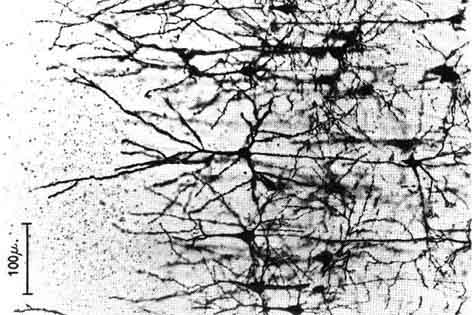


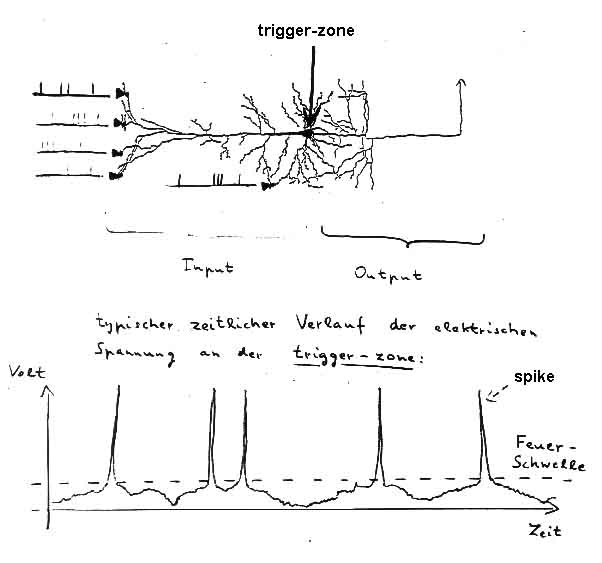
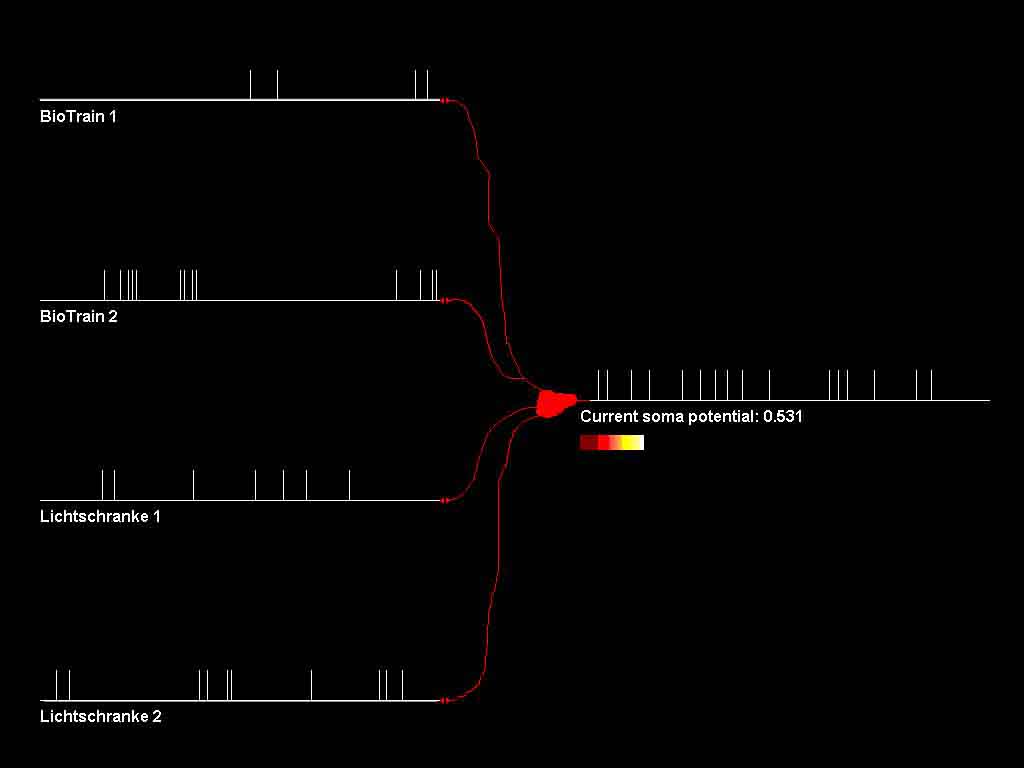
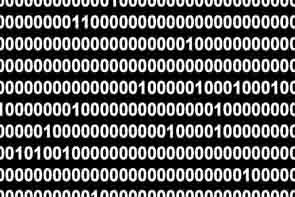
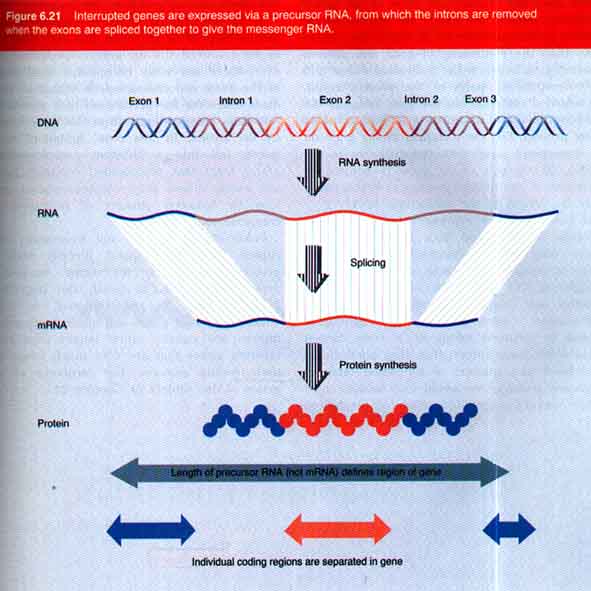
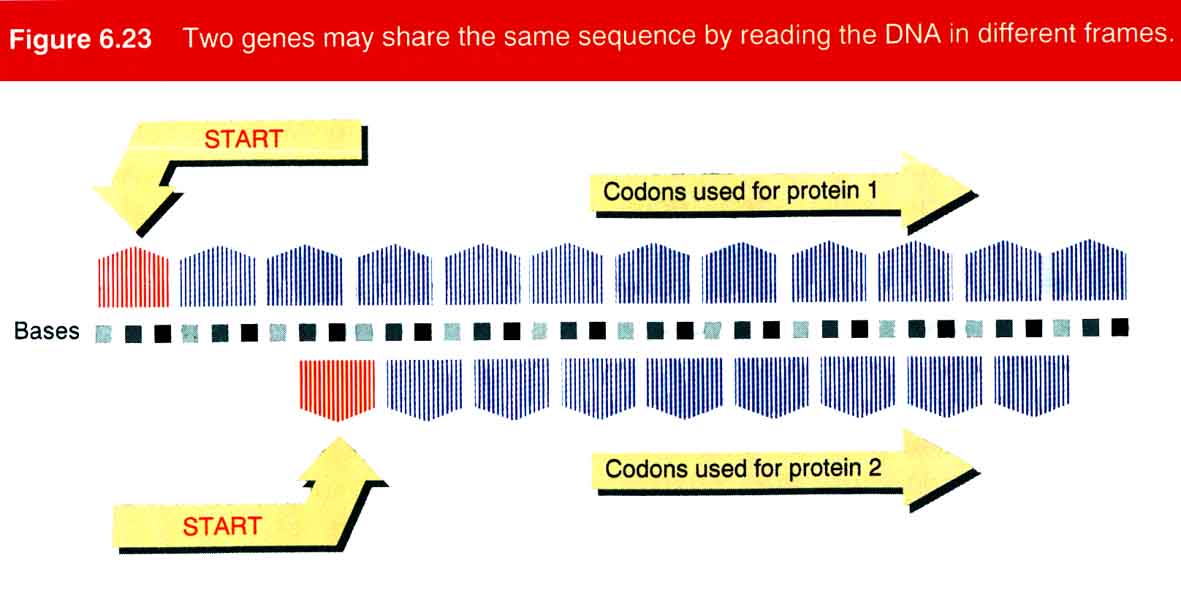
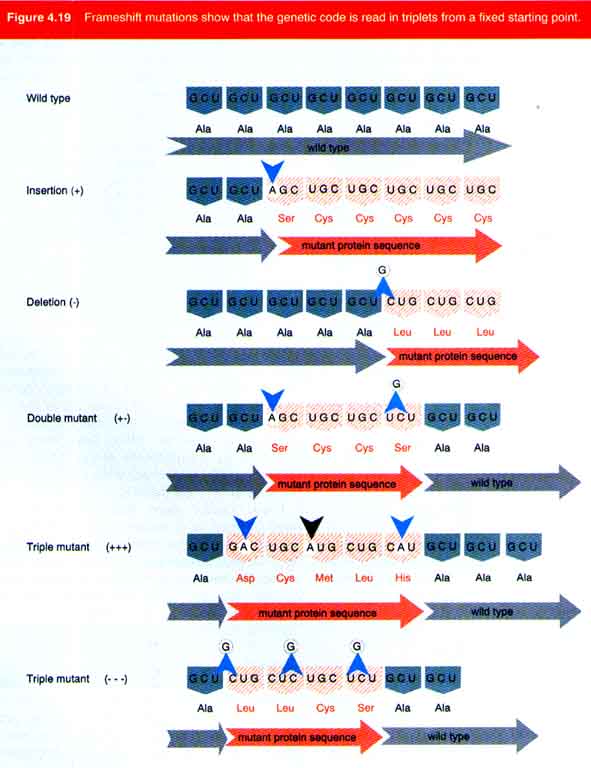 neurons
/ neuronal computer model / spike trains / bit strings / binary
codes / DNA / genes / genetic code / autolisp / autocad commands / solids
neurons
/ neuronal computer model / spike trains / bit strings / binary
codes / DNA / genes / genetic code / autolisp / autocad commands / solids
Extended discription:
This installation is an experimental set-up for demonstrating
a principle and for proving our thesis on digital creativity.
The principle is the following equation:
The sequence of pulses (spike trains) in
biological organisms = binary streams of signs (bit strings) = data (coordinates, vectors)
interpreted as geometric bodies (solids)
This equation brings together three spheres of reality
that are traditionally considered as distinct:
- the world in our head: information, imagination and ideas
in the way they are actually coded in biological organisms
-the world of digital data processing, represented by binary
steams of signs as communication vocabulary between computers
- the world of generating new images / spaces / architecture.
These three spheres of reality are brought together here
under the common denominator of information processing. Thus the installation demonstrates
that the generation of images / spaces / architecture must no longer be perceived as
anthropocentric / expressionistic. Through the use of the computer it is possible to make
a step of emancipation from established patterns of behaviour, evalutation and production.
The installation constists of two PC´s communicating with each other, the output of which is projected.
PC 1 simulates the basic cell of information processing in our brain: a neuron. More precicely: it simulates a simple mathematical model for the mode of functioning of a neuron in our brain. This model is technically called "integrate-and-fire neuron" or "spiking neuron".
This neuronal model has in common with a real neuron that it communicates with other neurons by variations in electrical potential (spikes): at certain points in time, the electical tension rises instantaneously in the soma of the neuron (demonstrated through colour changes of the neuron), and subsequently falls equally quickly, approximately one millisecond later. These instantaneous variations in tension are transmitted to other neurons through axons (demonstrated in the installation by moving spikes). This constitutes an original version of the digital codes used by nature in our brain: every single spike is indeed such that at any point in time there is either a spike or no spike, - there being no such thing as a half or quarter spike.
Likewise, one neuron in our brain receives spike trains as inputs, i.e. sequences of spikes in time, sent by other neurons. In particular, sensorial perceptions - e.g. all built forms visually perceived by us - are coded in the form of spike trains before they reach the neurons in our cerebral cortex. In our experimental set-up, the simulated neuron receives 4 spike trains as input. Spike trains 1 and 2 represent real spike trains from neurons belonging to the visual region in the brain of apes, as recorded by brain researchers (Krueger and Aiple). Instead of apes, the data could be taken directly from visitors. As for spike trains 3 and 4, they consist of streams of pulses (= spike trains) by means of which the visitor gets into direct contact with the simulated neuron: by interrupting light sensor 1 for spike train 3 and, respectively, light sensor 2 for spike train 4.
In a biological neuron, some of the incoming spike trains have a stimulating effect (e.g. they increase its readiness to fire) whereas in others they have an inhibiting effect (e.g. they reduce its readiness to fire). Accordingly, in our installation, spike trains 1 and 3 have stimulating effects, while spike train 2 and 4 have inhibiting effects to the simulated biological neuron. The simulated biological neuron processes the 4 incoming spike trains into a single output spike train. This is recoded as a binary code, i.e. as a sequence of 1'n and 0'n (1 = one spike, 0 = no spike, at any particular point in time), and in this form, which is easily understandable to all artificial calculators, is it transmitted to PC 2.
PC 2 is a form processor, which uses the binary codes coming from PC 1 to control a chain of commands: by means of a script, the incoming spike trains are so to speak transformed into data sets for 3-D bodies which are then represented graphically. PC 2 interprets the incoming data from PC 1 in order to control a programme, by selecting and fixing the parameters in the chain of available commands. The core software, the mathematical-geometric potential of the 3D vector-programme and the controlling script, are not changed by the incoming data from PC 1. These invariants impose overall patterns on the generated pictures, similarly to the way in which the invariants of our individual human visual apparatus and brain impose overall patterns to the world of images which are perceived and reproduced by us, patterns of which we are not generally aware.
One can compare the interplay of random factors and fixed rules in the generation of images through the two PCs with the functioning of a genetic system. Similarly to a DNA chain, PC 2 offers a chain of genetic elements (= commands), from which the reading matrix of the spike trains filters out the RNA as edited information. The traditional procedure of anthropocentric creative design of built form is - according to our theory - shifted to the definition of a genome, which in turn generates new built forms.
The experiment shows that relatively few bits, represented by the stream of pulses of a single neuron, have sufficient complexity to produce designs for extremly diverse and sometimes even astonishingly novel visual creations. The same is true for the operators of the script, based on simple geometric commands: polyline, extrude, union, intersect, rotate, etc.
In this installation, the simulated biological neuron and genome are of a ridiculous simplicity compared to the information processing capacity of a real biological neuron. A neuron in our brain is not fed with spike trains from only 4 other neurons or sensors, but simultaneously recieves 5000 to 10000 spike trains as inputs. Furthermore, the typical frequency of these spike trains is not in average in the order of 0,1 Hz, as in this installation, but in the order of 50 Hz. The processing of information in a biological neuron is 500 times faster than in this installation, in fact so fast that one could not follow the real spike trains with the naked eye.
This is also the reason why the visualisation frequency of PC 2 is reduced to a perceivable level. The readability of development / growth / movement becomes possible as a sequence of single frames (image rate < 15 i/sec). Furthermore, it is not only one neuron that is processing ond producing images in our brain, but more than 40 different regions in of the brain which together include more than 10^10 (= 10 000 000 000) neurons. These 10^10 neurons are interconnected by means of approximately 10^14 links (axons, synapses and dendrites). The extents of cabling within only one cubic millimeter of grey matter within our cerebral cortex already reaches a length of approximately 4 km. This is to give a rough idea of the complexity of the "data processing machine'' in our head. The controlling script of the form processor we have used (which has approximately 100 lines, uses 30 exec_commands, 256 colours/8bit, etc.) is of a similar simplicity when compared to the human genome (100.000 genes, 10^9 elements, etc.).
Nevertheless we can already draw the following
observations from this simple experimental set-up:
(1) unforseen results already arise out of a few elements
/ small numbers
(2) they lie within a spectrum inherent to the system
(3) differet bit-string inputs (be it from apes, visitors,
light sensors or generated data sets) do not affect the characteristics of the system and
the unforseen nature of its results.
(4) modifications of the output can be obtained through
modifications of the programme (script).
Despite the relatively low degree of complexity of this
Neuronal Architecture Processor prototype, the results are more differenciated than those
arising out of a traditional analogue architectural production (under the same base
conditions). This has consequences for our understanding of Art, architecture and human
versus machine/digital creativity: it proves our thesis that creativity (in this case
production of architectural images) is the result of a „neuronal machine“ and as
such can be released from the brain.
LINKS:
For further information about spiking neurons we refer to the
article "Paradigms
for computing with spiking neurons" by Wolfgang Maass
Further info about computing & architecture see some of Plottegg´s sites:
|
|
|